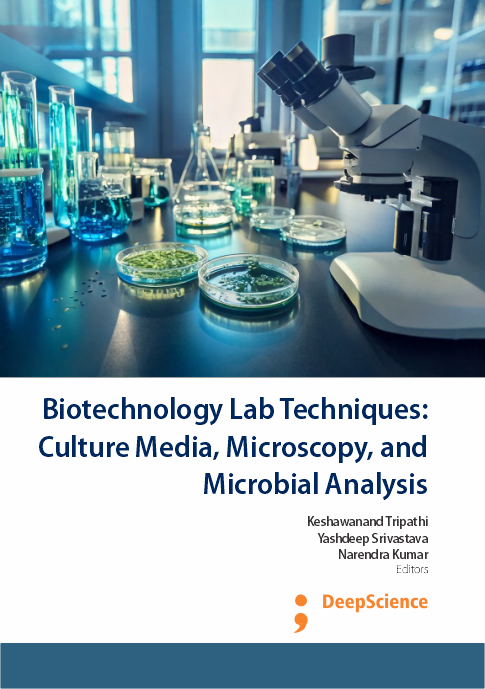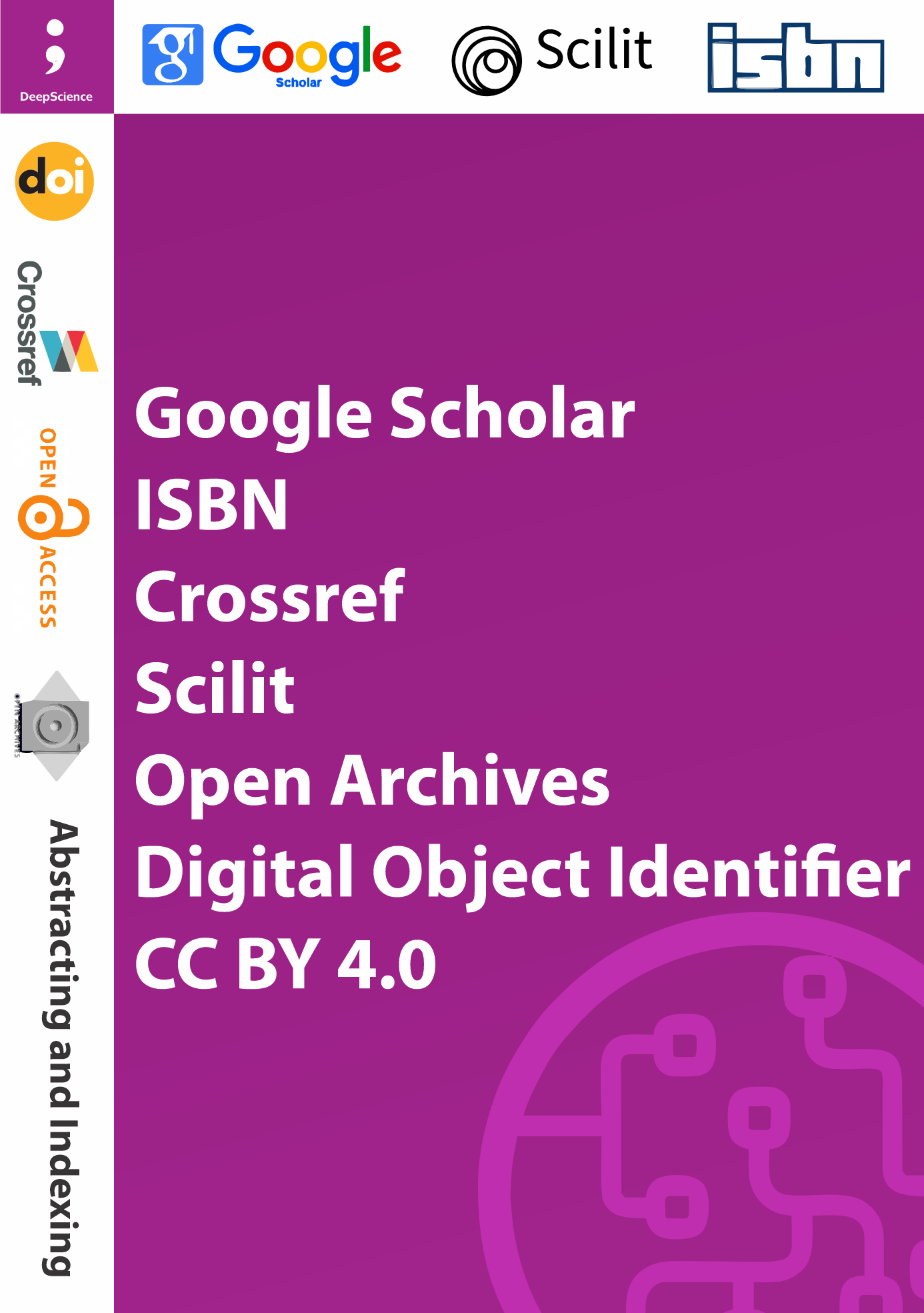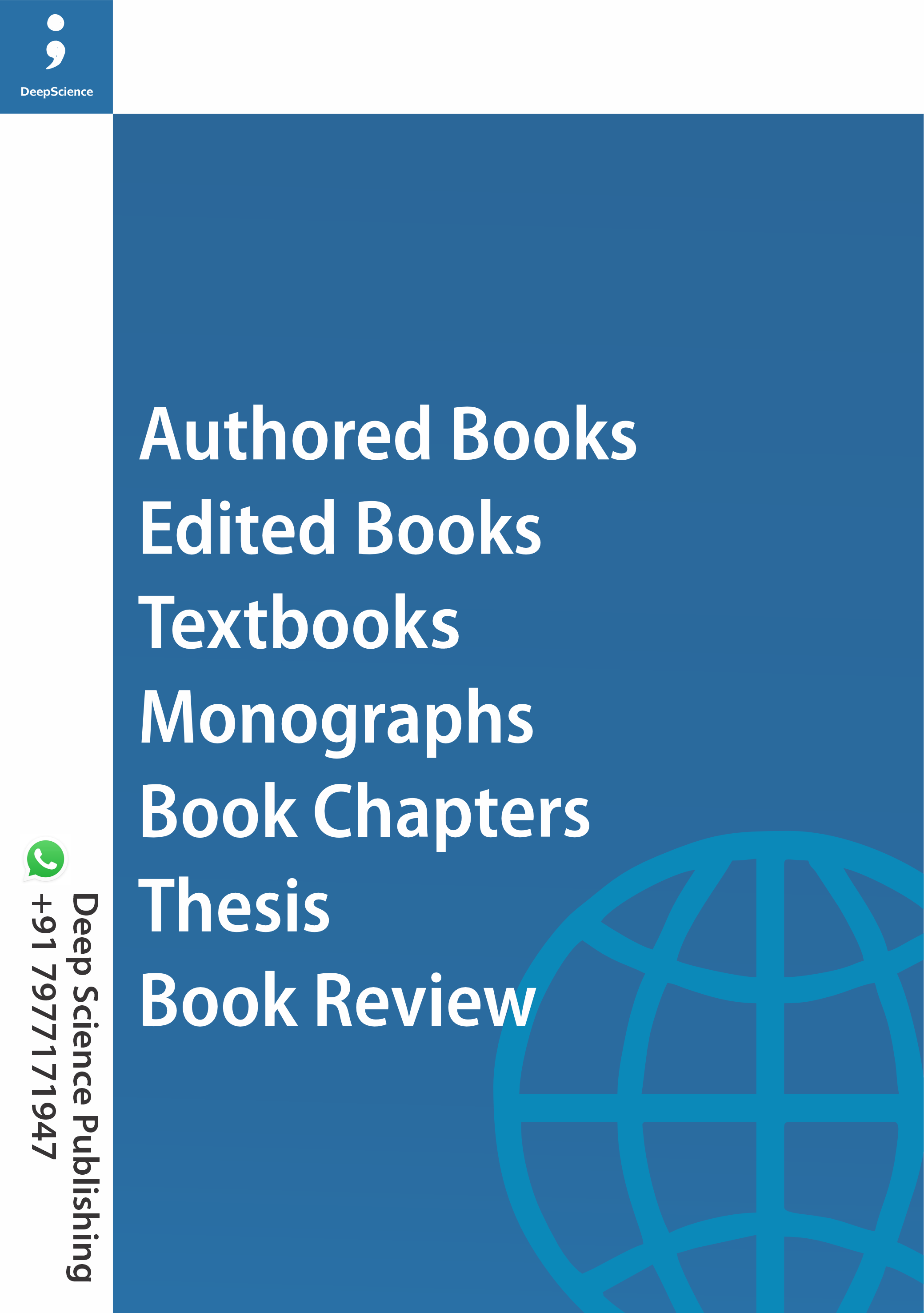Composition, optimization, and preparation of culture media for microbiological and biotechnological applications
Synopsis
In microbiology, media play a pivotal role in cultivating and studying microorganisms in laboratory settings. These media provide a nurturing environment for microbial growth and enable researchers to observe, isolate, and identify various types of microorganisms. There are several types of media used in microbiology, each serving specific purposes based on their composition and characteristics.
- Nutrient Broth: A liquid medium made of water, peptone, and beef extract; nutrient broth is comparable to nutrient agar. Large-scale microorganism culture, biochemical testing, and inoculum preparation are among its frequent uses.
- Nutrient Agar: Made of agar, peptone, and beef extract, nutrient agar is a versatile solid medium. It facilitates the growth of a variety of microorganisms and is frequently utilized in standard laboratory procedures like the preservation and separation of bacterial cultures.
- Selective Media: Compounds in selective media prevent some germs from growing while encouraging the growth of others. These media are made to separate particular kinds of fungi or bacteria from mixed cultures. Examples are Sabouraud agar, which selectively cultivates fungi by suppressing bacterial growth, and MacConkey agar, which selects for Gram-negative bacteria by preventing the development of Gram-positive bacteria.
- Differential Media: Materials in differential media enable microorganisms to be distinguished from one another according to their metabolic characteristics. Depending on the metabolic activities of the microorganisms, these media usually result in noticeable changes in the color or appearance of the colonies. Examples are eosin methylene blue agar, which separates lactose-fermenting bacteria from non-lactose-fermenting bacteria, and blood agar, which separates bacteria according to their capacity to hemolyze red blood cells.
- Enriched Media: To assist the growth of picky microorganisms with intricate nutritional needs, enriched media include extra nutrients like blood, serum, or egg yolk. These media are frequently used to recover microorganisms from clinical samples or to isolate and cultivate harmful germs.
- Transport Media: Particularly designed to preserve microbe viability during specimen transportation from the collecting site to the laboratory, transport media are used. These media frequently include nutrients to preserve microbial viability during transit and buffers to maintain pH and prevent desiccation.
Downloads
Published
13 April 2025
Copyright (c) 2025 Keshawanand Tripathi; Yashdeep Srivastava, Narendra Kumar
How to Cite
Kumar, N. ., Tripathi, K. ., & Srivastava, Y. . (2025). Composition, optimization, and preparation of culture media for microbiological and biotechnological applications. In K. . Tripathi, Y. . Srivastava, & N. . Kumar (Eds.), Biotechnology Lab Techniques: Culture Media, Microscopy, and Microbial Analysis (pp. 19-35). Deep Science Publishing. https://doi.org/10.70593/978-93-49307-52-0_3
Download Citation














